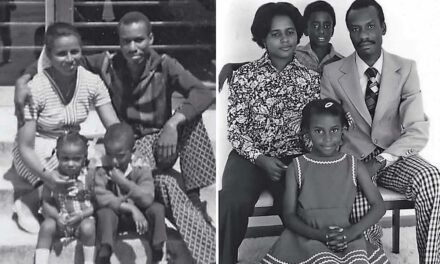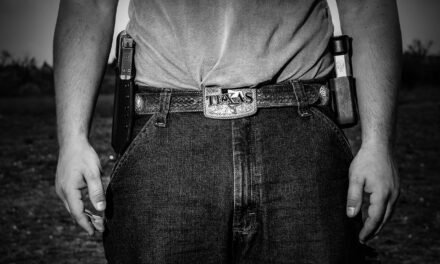
I have lived a block off Langston Blvd. (formerly Lee Highway) for 40 years, and it seems like it’s taken that long for the good nonprofit volunteers and county staff at Plan Langston Blvd. to disgorge recommendations for re-imagining it.
Having released a draft of its 177-page “Area Plan” last month, the re-imaginers, on July 12, began listening sessions at their Design Studio on the five-mile corridor that has long seemed a themeless mix of the vibrant and the fading.
I counted 25 attendees — current and former officials, environmentalists, an urban planner, and several quality-of-life activists from neighborhoods ranging from Lyon Village to Palisades Park to Waverly Hills to Glebewood.
Some seemed anxious —expressing worries about developers exploiting building heights, under capacity storm drainage or parochial concerns like possible blocking of an access road. The county supplied recording secretaries and patient staff to field questions at tables labeled Transportation, Public Spaces and the Environment, Building Forms, and Housing.
The illustrated document —which provides the most detail yet on a vision hatched by volunteers in 2012 and taken over by the county in 2019—is packed with tools and goals. “A transformed Langston Boulevard” set up Activity Hubs (allowing taller buildings) to “connect workers, visitors and residents with homes, shops, recreation spaces and transit.” Think “mobility for people of all ages and abilities. With improved connections and new amenities, pedestrians, bicyclists, transit users and drivers will be able to navigate a larger network of …. trails, parks and plazas quickly and easily,” it says. “Expanding housing options and increasing supply can help meet needs of increasingly diverse residents and household types.”
Expect “inspiring architecture and landscapes that will last for generations,” plus enhanced cultural resources — achieved not by preserving obsolete buildings but with “new art and markers will help to build an understanding of Arlington’s history, people and places.” Builders and landowners will get a new “Langston Boulevard Planning District” and new regs in the General Land Use Plan.
Circulating in the room was project manager Natasha Alfonso-Ahmed. She clarified that the Langston Boulevard plan is separate from the recent rezoning for Missing Middle housing, and that two areas of the corridor — Cherrydale and East Falls Church — are not addressed because adopted plans for each already exist.
The feedback “hasn’t changed much since 2015,” she told me. “Some support change, some don’t, some are in the middle.” For a while she felt there was “little support for more density.” But more recently, desire materialized to return to older thinking and “be a little more bold” in such areas as delivering affordable housing units in sync with the master housing plan. “The message was clear we were missing the opportunity to meet our goals.”
There’s the racial equity theme. “The Langston Boulevard Planning Area has lower percentages of residents of color, is more affluent and is slightly older than the county as a whole,” the report notes, so there is new commitment to remedies.
Already, the Waverly Hills Civic Association sent the county manager and board a note opposing one recommendation of allowing a building height of 10 stories in an area with no Metro. Say the neighbors: “This passing reference reflects a fundamental and undesirable change to the densities for Waverly Hills that have been under discussion for years.”
Years more?
***
Volunteer sleuths researching the “Memorializing the Enslaved in Arlington” project drew an approving crowd of 120 on July 13 to an Arlington Historical Society preview at Marymount University.
Project lead Jessica Kaplan reported her team has tabulated 1,500 men, women and children who toiled as slaves in Arlington, 800 of which we can name (often , Census records recorded Blacks in servitude only as numbers). There were 115 enslavers in 95 locations within our current-day boundaries, as traced via 19th century wills, birth, death and marriage records, tax records, newspapers, manumission papers and, most revealing, probate records.
The society envisions a set of “Stumbling Stone” markers countywide, the first of which could be installed at the AHS-owed Ball Sellers House this fall.




